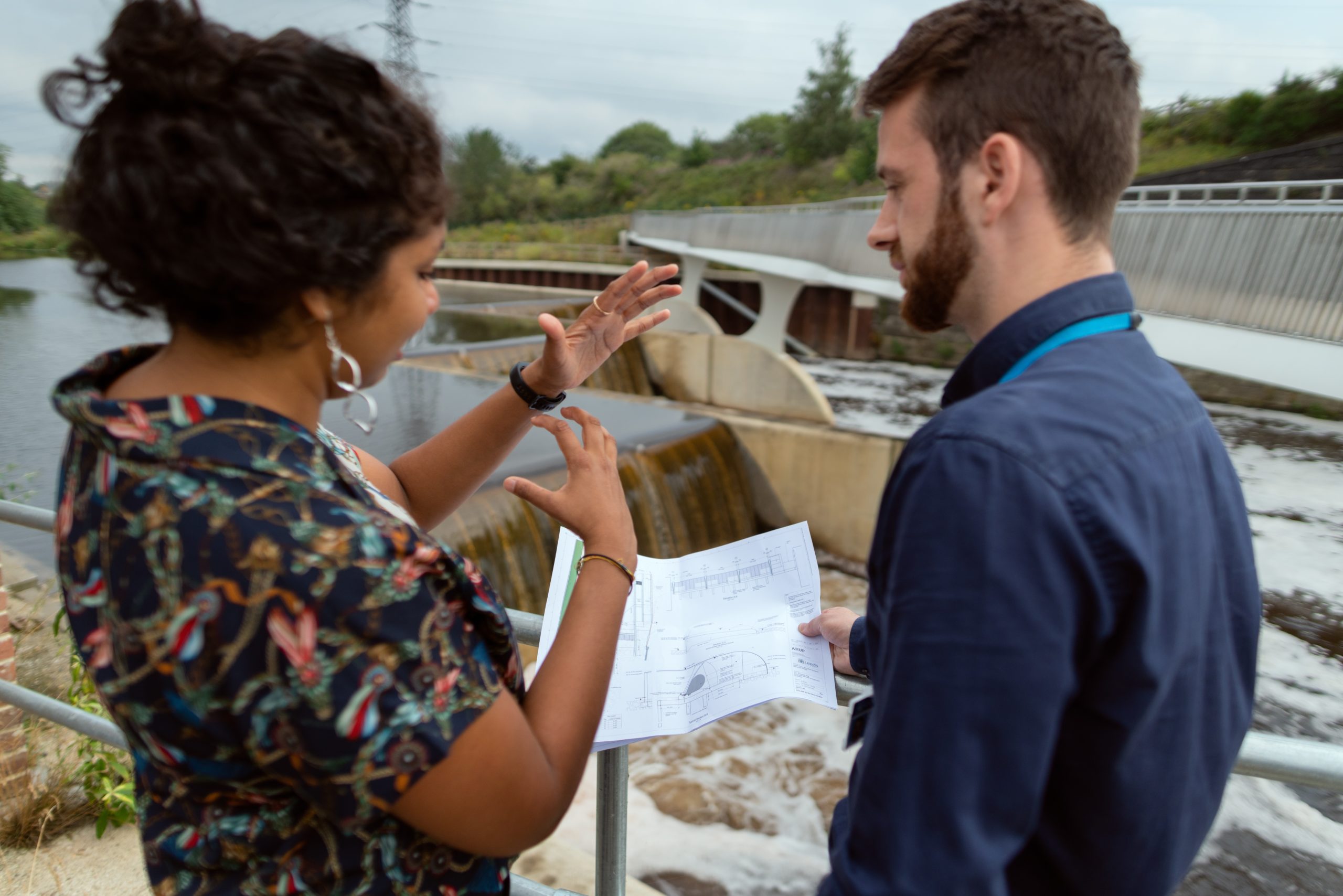Climate-Informed Demography Workshop
December 3, 12 - 2 PM (ET) & December 8, 3- 5 PM (ET)
Workshop Purpose:
The workshop on December 3 and December 8 launched ASAP’s New York State Climate Migration Modeling Accelerator . This two-day event convened leading academics and practitioners working on the cutting edge of climate and demography. Workshop attendees gained a deeper understanding of the state of interdisciplinary research on this important topic and how New York State will be impacted by climate-driven population changes.

Relationship To ASAP’s Applied Research Project:
Preparing Communities to Receive Climate Migrants
ASAP is running a project in the Great Lakes region to create methodologies for projecting human migration that integrate future climate projections and to gather stakeholder perspectives on the topic of climate-induced in-migration to the region. The project includes region-wide work as well as work specific to New York State, a unique jurisdiction which includes both major populations centers with high climate vulnerability and significant areas that are well positioned to be population-receiving communities under future climate conditions.
Project Partners
- ASAP Applied Research Project Team: Beth Gibbons, Rachel Jacobson, Kyle Sullivan
- Matt Hauer, PhD, Florida State University
- Missy Stults,PhD, City of Ann Arbor
- Anna Marandi, National League of Cities
- ASAP Climate Migration and Managed Retreat Member Led Interest Group
Project Supporters
- New York State Energy Research and Development Authority
- Great Lakes Integrated Sciences and Assessments
Climate Informed Demographics Workshop Agenda
Day 1 of the workshop featured a panel on approaches to integrating future climate conditions into population models and an overview of ASAP’s new climate migration modeling accelerator (CMMA). Day 2 of the workshop convened a practitioner and research panel to discuss the unique climate, economic and demographic characteristics of New York State. Both days included an opportunity to learn more about the New York State Climate Migration Modeling Accelerator and for prospective teams to meet and develop their program applications.
